Afrobeats and modernism: how the concrete ‘ruins’ of Lagos become a stage
We explore the relationship between Afrobeats and modernism in Lagos, as the Nigerian capital’s concrete structures become a stage for the music genre
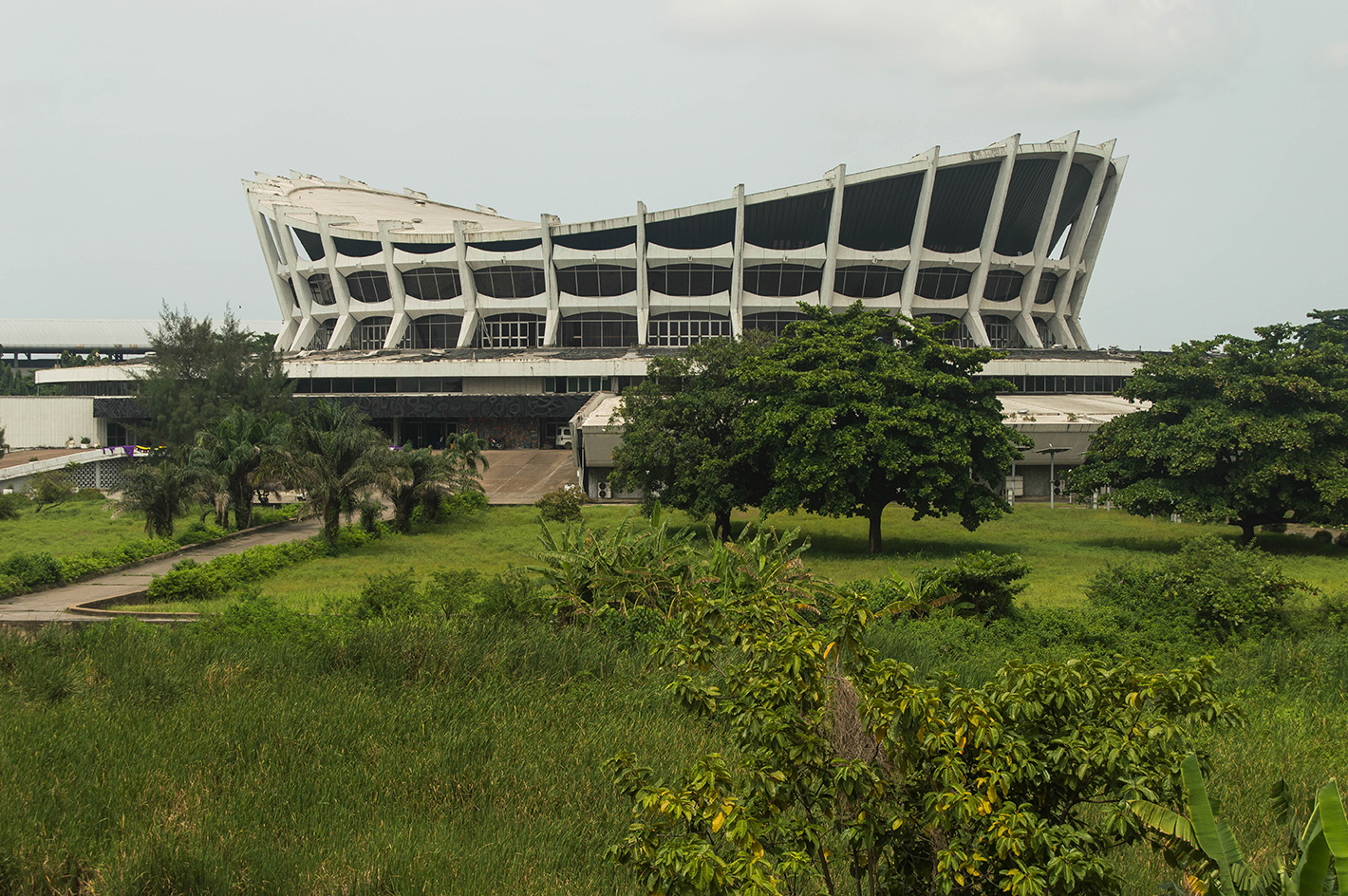
In the mid to late 1950s, the wave of independence swept across West Africa, and along with it, a search for new meaning for its freshly created nation-states. At the same time, in the region’s built environment, modernist architecture took root, reinterpreted to adapt to the climate; and by the 1960s, it had become the poster image of independence and Pan-Africanism (as discussed in London’s V&A's recently opened exhibition 'Tropical Modernism: Architecture and Independence').
Simultaneously, musical expression was at an all-time high, especially with the introduction of a new genre of music, Afrobeat, which, like tropical modernism, synthesised foreign influences into a new cohesive and contextual whole. Its purveyor, Fela Kuti, was of Nigerian descent. His style crystallised in musical form a zeitgeist in the region, melding infectious percussion and wind instruments with critical social and political commentary.

National Theatre, Lagos
Afrobeats and modernism: a parallel history
In this context, tropical modernism came to be identified as a tool of power, and among those leading this charge was politician Kwame Nkrumah, the first prime minister of Ghana, who saw architecture as an image-making tool that could become a beacon for a free Africa.
At the same time, in Nigeria, military rule meant that many of the bigger commissioned buildings became sites of immense corruption, eventually suffering from arson and mismanagement. To this day, some remain abandoned. While architecture stood as a political tool of liberation, music through Fela’s Afrobeat stood as a check and a voice of the many against the few who had seized power. Contextually, these two art forms became linked as elements of representation while opposing each other.

Trade Fair Complex, Lagos
Still, there are hardly any explicit and official links between local music and the regional form that modernism took in Nigeria – unlike the 'musique concrète' and its spatial expressions of IIannis Xenakis in his well-documented Philips Pavilion (in collaboration with Le Corbusier).
Instead, a relationship seems to be brewing retrospectively between these now largely abandoned concrete structures and Afrobeats, a sub-culture and genre that evolved from Afrobeat, with the former becoming a site for reclamation and artistic expression. Once symbols of a newly liberated country, modernist buildings are now being transformed into a stage, and sets for creativity, used especially by some of Afrobeats' biggest contemporary stars, offering appealing visual backdrops for the pictures their music videos paint.

Trade Fair Complex, Lagos
The Trade Fair Complex (1977), designed by Yugoslav architect Zoran Bojovic as part of Energoprojekt's mission in Nigeria, and the National Theatre (1976), designed and built by Techno Expostroy, a Bulgarian construction firm, were erected under military rule and to coincide with the Festival of Arts and Culture (FESTAC) in 1977.
Receive our daily digest of inspiration, escapism and design stories from around the world direct to your inbox.
The National Theatre featured on stage in a Grammy performance by award-winning Nigerian singer and songwriter Burna Boy. The building's stained glass murals highlighted in the performance were done by a collection of artists, including Yusuf Grillo and Erahbor Emokpae. The latter worked closely with the architects and was commissioned to make the friezes that adorn the lower parapet of the theatre.
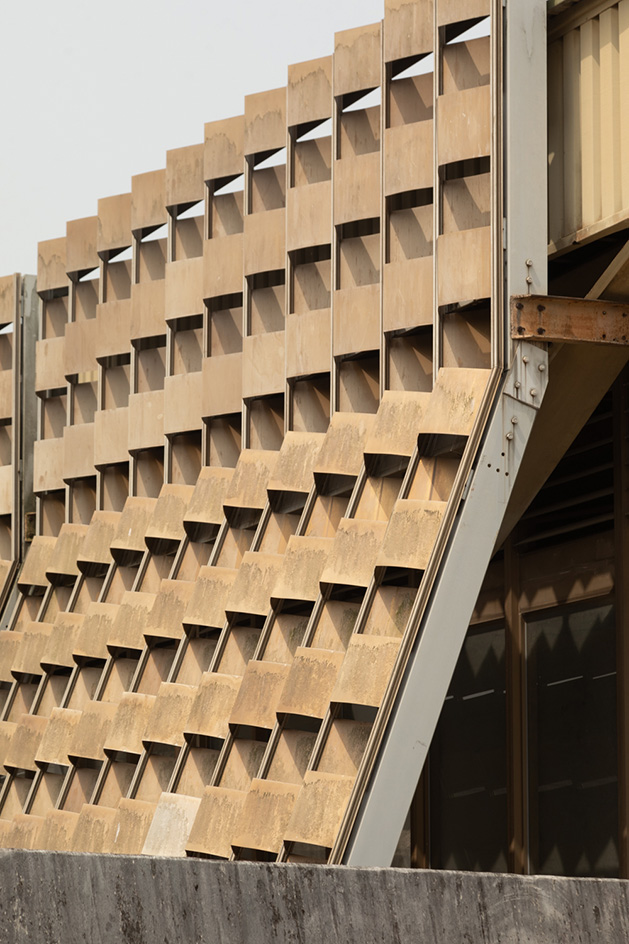
Trade Fair Complex, Lagos
Burna Boy's 2021 Grammy set's connection with the ill-kept building couldn't have been more timely, as the following year plans were hastened to renovate the structure (a restoration that remains ongoing).
The theatre is also a backdrop in Nigerian musician Wizkid’s video for his single ‘IDK’. The performance here is set against civic and cultural infrastructure. Although no official links were made public between the song and its setting, it hints that these buildings retain greater value in their current state than the new architecture springing up in the country today.
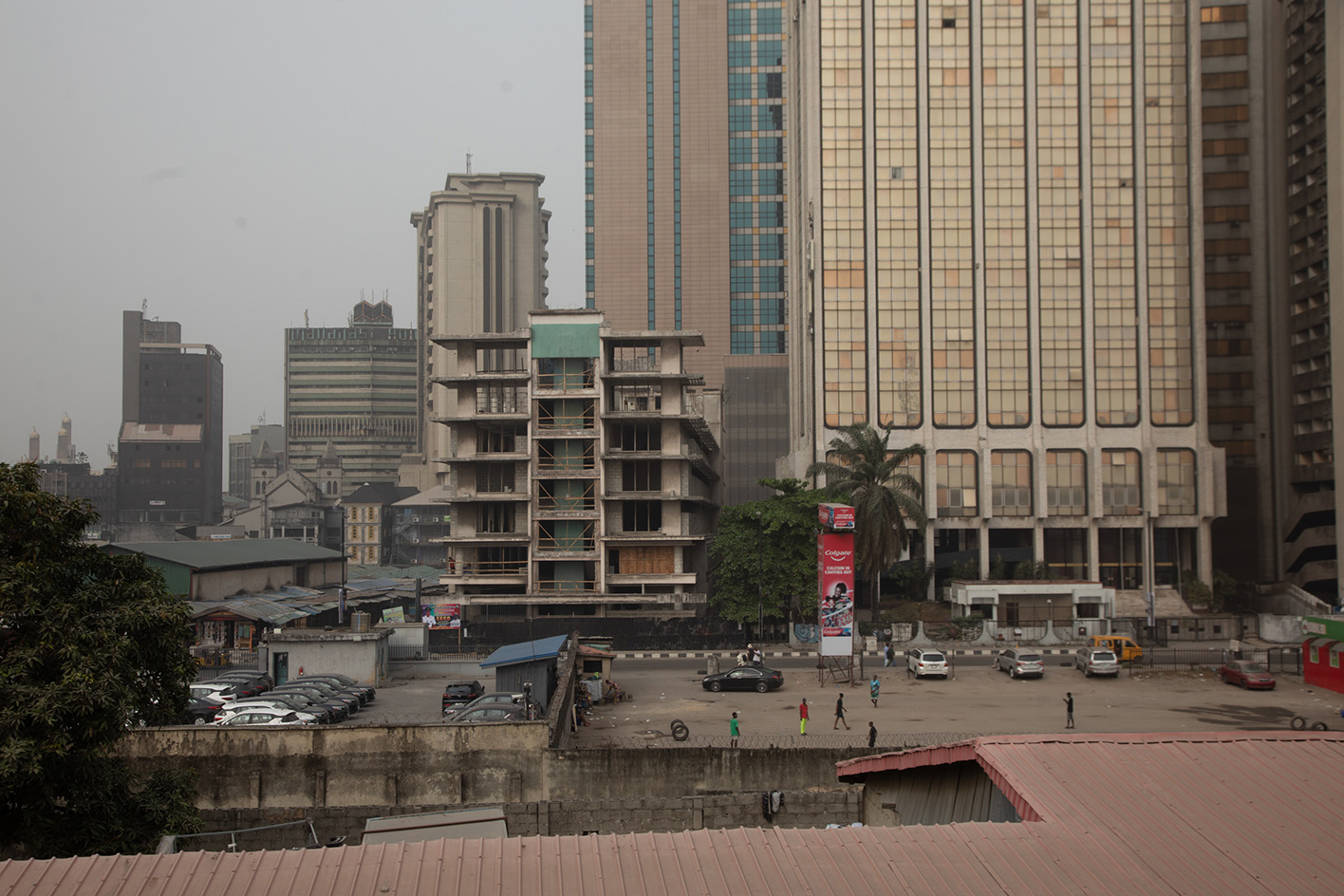
Barclays Bank in Lagos
Meanwhile, the Trade Fair Complex with its intricately welded bronze-plated screen has been featured in videos by Burna Boy, Humblesmith, and Prettyboy D-O.
The rooftop of the Old Barclays Bank building and the Shell building in Lagos, designed by Walker, Harwood and Cranswick, and Design Group Nigeria, respectively, have also played host to a plethora of artists seeking the incredible concrete architecture of Lagos Marina and its impressive brise-soleils for their backdrop to craft a sense place. Through these acts, the artists reclaim these sites from abandonment and activate them, setting a precedent and a call to action.
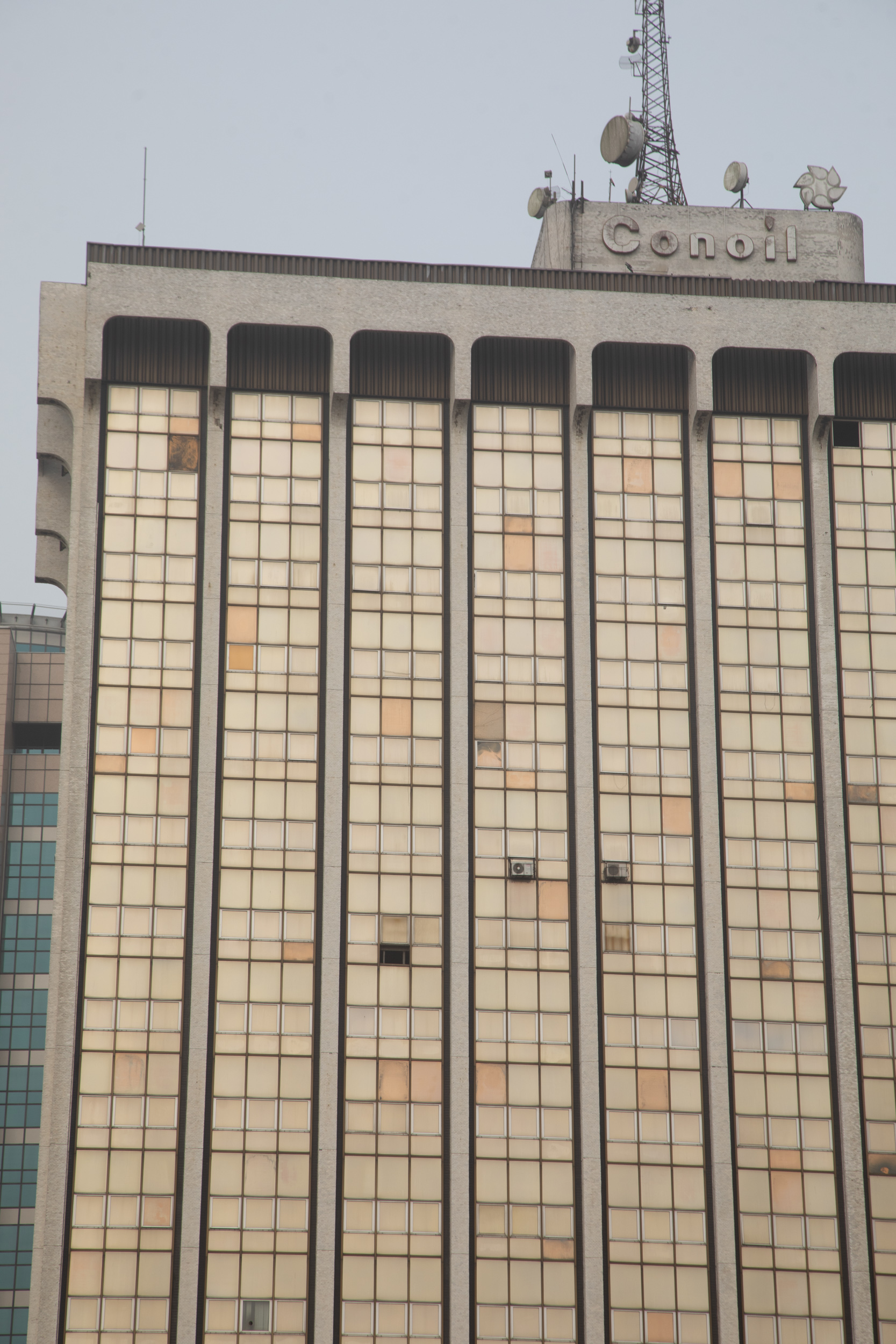
Barclays Bank in Lagos
In Nigeria, many examples of this regional modernism lay abandoned; at the same time, it is currently arguably a big export from the country in architectural terms, with the world looking to once again learn from the climate-conscious solutions of this style. Afrobeats is equally a local genre with worldwide appeal and a significant export in the music world.
Through Afrobeats, a case is being made, albeit latent, for what is worth preserving while simultaneously questioning predetermined and alternative uses that these buildings may have today. Lagos is filled with such examples, many of which sadly, face demolition threats. Artists' activations pose the question: might these sites be catalysts for cultural development, especially given their long history and collaboration with the creatives that birthed them?
-
 A tale of two Audis: the A5 saloon goes up against the A6 Avant e-tron
A tale of two Audis: the A5 saloon goes up against the A6 Avant e-tronIs the sun setting on Audi’s ICE era, or does the company’s e-tron technology still need to improve?
-
 Inside Christian de Portzamparc’s showstopping House of Dior Beijing: ‘sculptural, structural, alive’
Inside Christian de Portzamparc’s showstopping House of Dior Beijing: ‘sculptural, structural, alive’Daven Wu travels to Beijing to discover Dior’s dramatic new store, a vast temple to fashion that translates haute couture into architectural form
-
 A music player for the mindful, Sleevenote shuns streaming in favour of focused listening
A music player for the mindful, Sleevenote shuns streaming in favour of focused listeningDevised by musician Tom Vek, Sleevenote is a new music player that places artist intent and the lost art of record collecting at the forefront of the experience
-
 The Architecture Edit: Wallpaper’s houses of the month
The Architecture Edit: Wallpaper’s houses of the monthFrom wineries-turned-music studios to fire-resistant holiday homes, these are the properties that have most impressed the Wallpaper* editors this month
-
 This modernist home, designed by a disciple of Le Corbusier, is on the market
This modernist home, designed by a disciple of Le Corbusier, is on the marketAndré Wogenscky was a long-time collaborator and chief assistant of Le Corbusier; he built this home, a case study for post-war modernism, in 1957
-
 Louis Kahn, the modernist architect and the man behind the myth
Louis Kahn, the modernist architect and the man behind the mythWe chart the life and work of Louis Kahn, one of the 20th century’s most prominent modernists and a revered professional; yet his personal life meant he was also an architectural enigma
-
 The Architecture Edit: Wallpaper’s houses of the month
The Architecture Edit: Wallpaper’s houses of the monthFrom Malibu beach pads to cosy cabins blanketed in snow, Wallpaper* has featured some incredible homes this month. We profile our favourites below
-
 Three lesser-known Danish modernist houses track the country’s 20th-century architecture
Three lesser-known Danish modernist houses track the country’s 20th-century architectureWe visit three Danish modernist houses with writer, curator and architecture historian Adam Štěch, a delve into lower-profile examples of the country’s rich 20th-century legacy
-
 The Architecture Edit: Wallpaper’s houses of the month
The Architecture Edit: Wallpaper’s houses of the monthThis September, Wallpaper highlighted a striking mix of architecture – from iconic modernist homes newly up for sale to the dramatic transformation of a crumbling Scottish cottage. These are the projects that caught our eye
-
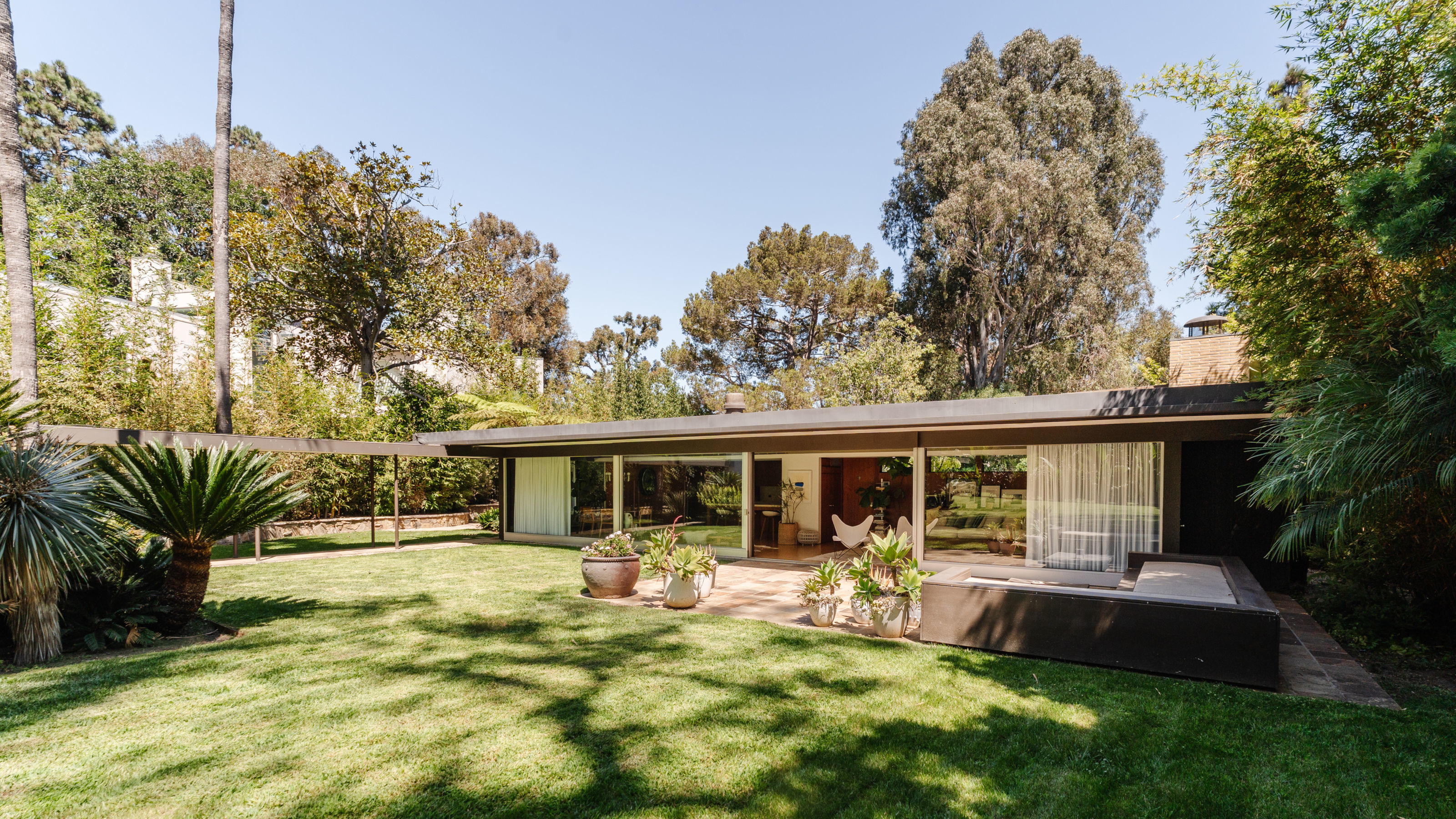 Richard Neutra's Case Study House #20, an icon of Californian modernism, is for sale
Richard Neutra's Case Study House #20, an icon of Californian modernism, is for salePerched high up in the Pacific Palisades, a 1948 house designed by Richard Neutra for Dr Bailey is back on the market
-
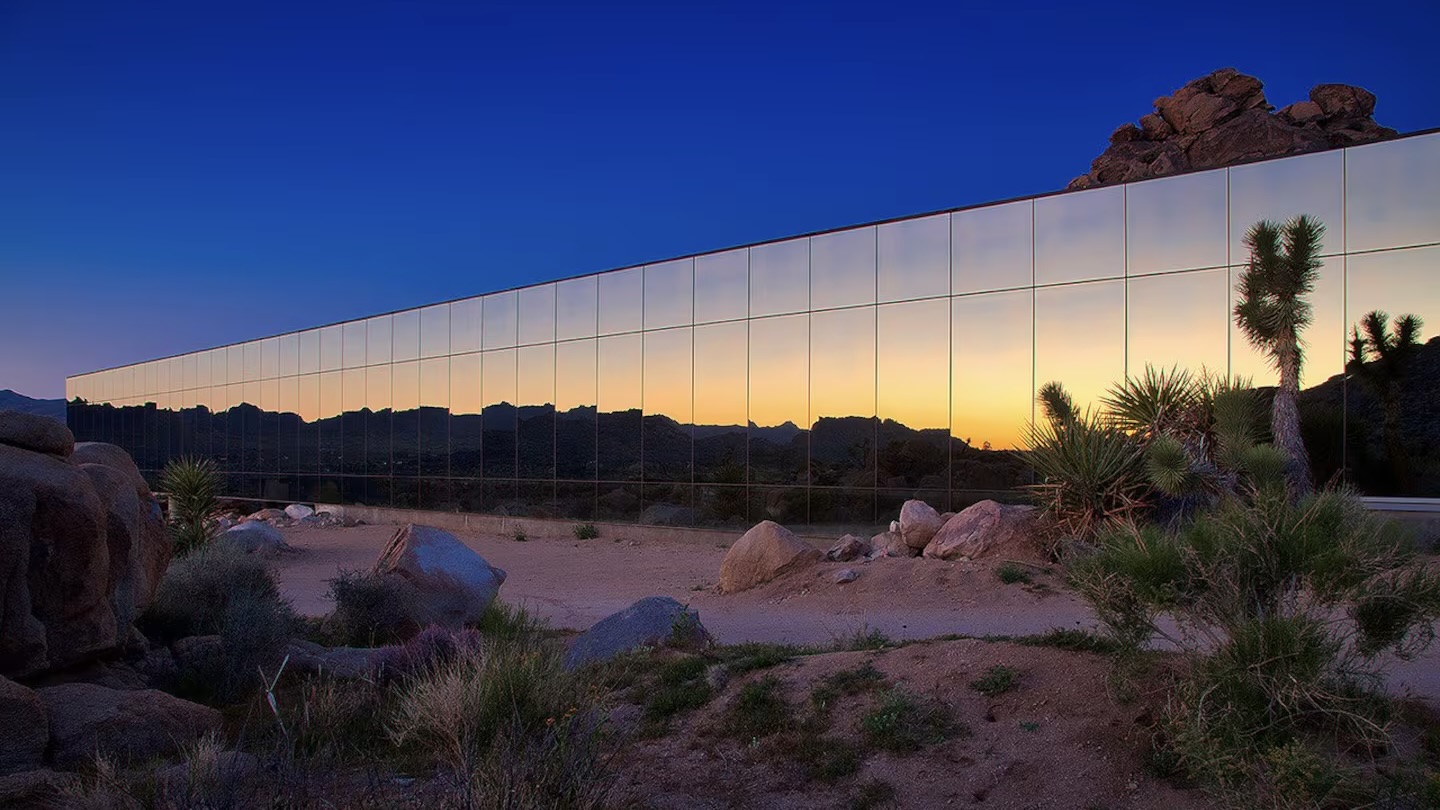 The best of California desert architecture, from midcentury gems to mirrored dwellings
The best of California desert architecture, from midcentury gems to mirrored dwellingsWhile architecture has long employed strategies to cool buildings in arid environments, California desert architecture developed its own distinct identity –giving rise, notably, to a wave of iconic midcentury designs